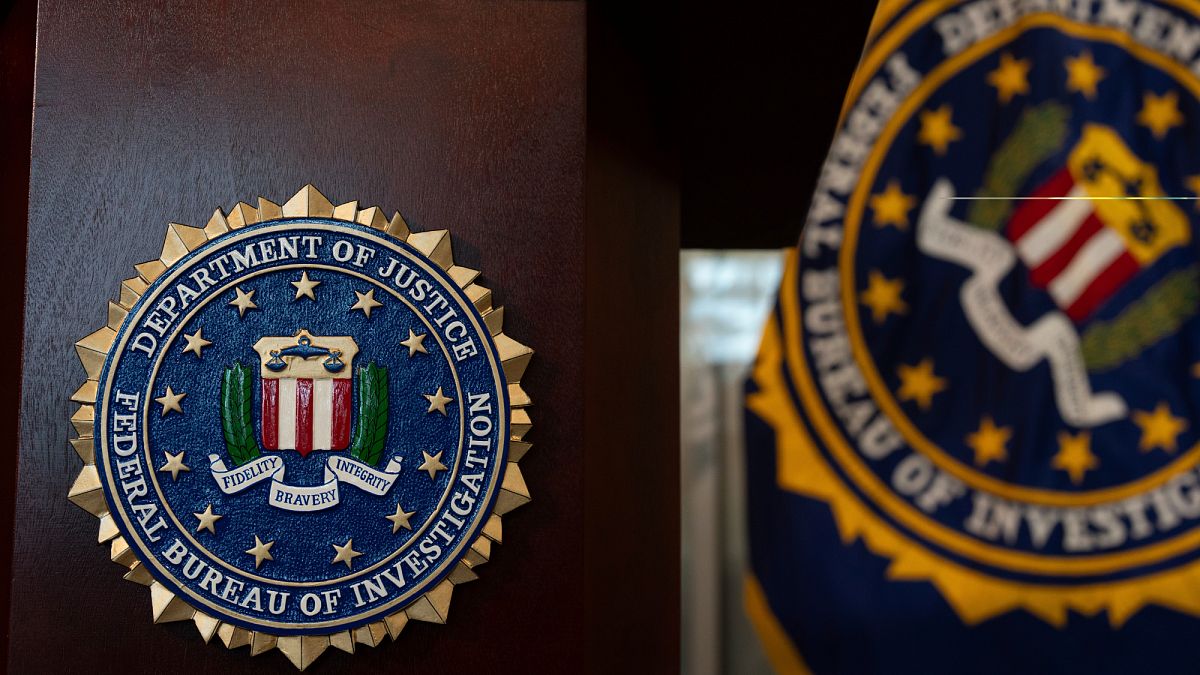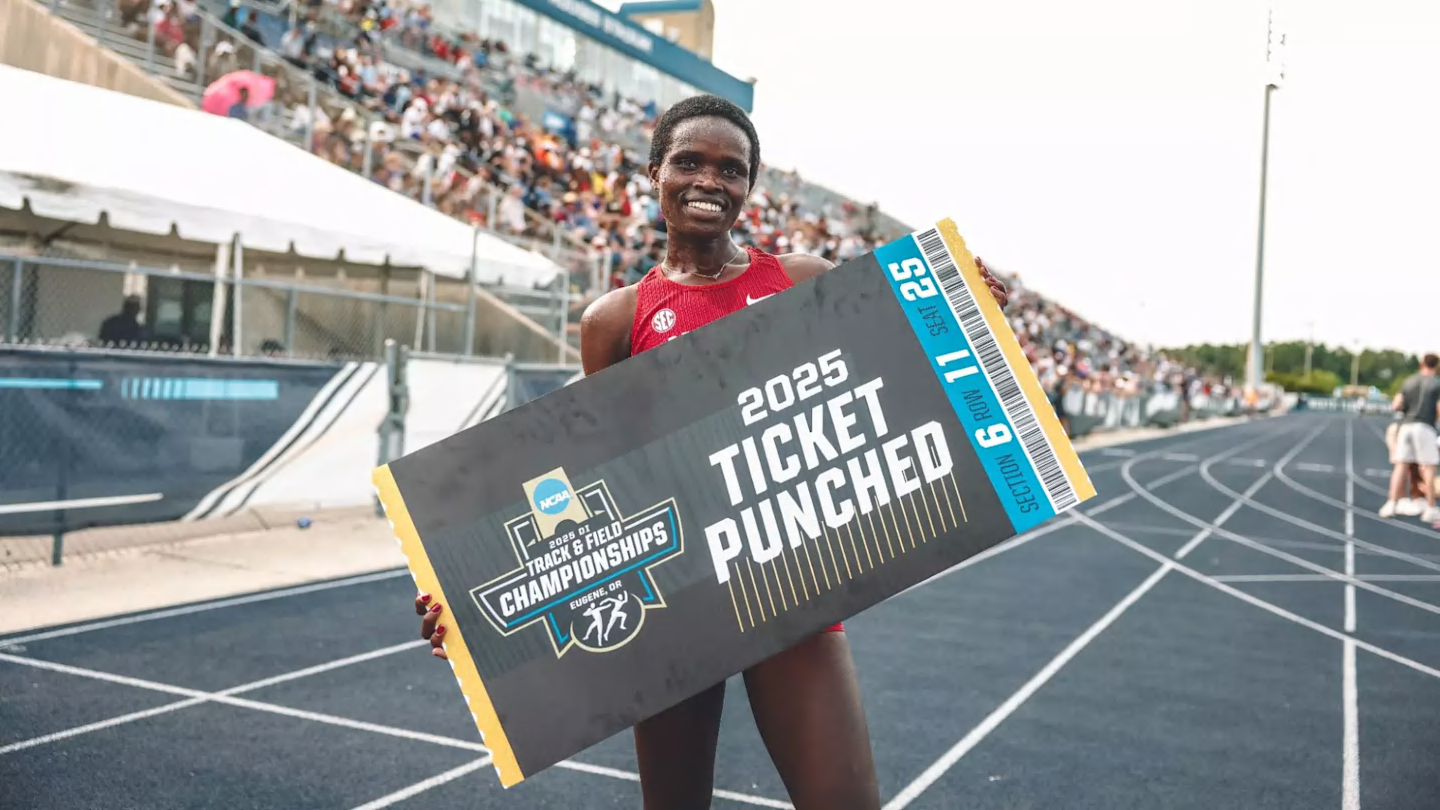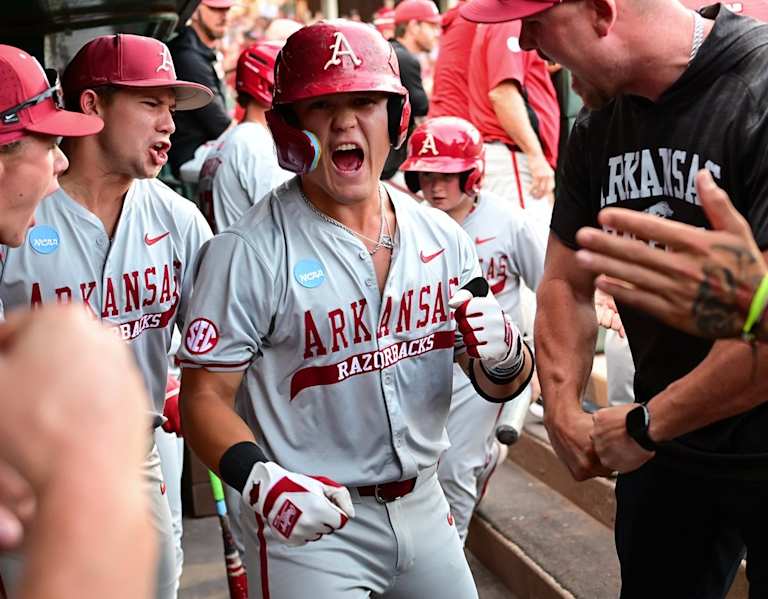Dallas, TX
Dallas Museum of Art picks little-known Spanish architects for museum expansion
/cloudfront-us-east-1.images.arcpublishing.com/dmn/TFTU4O7VR5GONGD36LPOMSTNQE.jpg)
Defying expectation and a long civic tradition of hiring big-name architects for signature projects, the Dallas Museum of Art has selected the Spanish firm Nieto Sobejano Arquitectos as lead designers for an expansion intended to “reimagine” the museum’s Arts District home.
Bravo.
Widely respected in European architecture circles but virtually unknown in the United States, Nieto Sobejano was chosen from a field of six finalists, among them Pritzker Prize laureate David Chipperfield and High Line architects Diller Scofidio + Renfro. The DMA expansion will be the first project in this country for the firm and among its largest to date, with a budget estimated at $150 million to $175 million.
To look at the firm’s proposal is to understand why it was chosen by the museum’s selection committee: It was the most elegant of the six choices and also the most logical, deftly answering the museum’s imperatives to become more transparent, better integrate with its surroundings, bring clarity to its internal spaces and add new gallery space for the large collections of contemporary art it will soon inherit. Above all, it was downright beautiful.
“Their concept design mixes a poetic sensibility with a dynamic and sustainable design strategy that respects Edward Larrabee Barnes’ original intentions, all the while preparing us to become a 21st-century museum,” said the DMA’s board president, Gowri Sharma, and board chair, Jeffrey Ellerman, in a joint statement.
The proposal, released to the public last month, would wrap the museum’s north and south facades in a skin of punctured white metal that would glow from within, making the museum a literal Arts District beacon. The new contemporary gallery would be perched on top of the museum, a crisp white box lit by skylights, floating above a broad new roof terrace.
At ground level, a remade plaza would open the museum to Klyde Warren Park, making what is now a glorified driveway into a welcoming space for people rather than cars. (That said, it could use more shade.) The barren Ross Avenue lawn would be transformed into a stepped amphitheater leading into the museum, finally giving it an inviting connection to downtown.
Within, the architects would create a gracious new front lobby and open up the grim and tedious ramped “street” that runs the length of the museum, flattening it and lighting it from skylights. Of some concern: the use of stairs as a central design element, which presents problems of accessibility.
For all these changes, the proposal retains much of the essential structure of Barnes’ original design, which opened in 1984 and was expanded by Barnes in the 1990s. It was, from the outset, a stolid presence in the city, and the expansion made navigation less than straightforward. “The reimagined DMA will be a reflection of the original building, transforming the relationship between art, landscape, and community into a balance of memory and innovation,” the firm wrote in a design statement. Preserving much of Barnes’ structure is a victory for history and also sustainability, reducing the carbon footprint of the project.
In Nieto Sobejano, the DMA has commissioned a firm of unusual thoughtfulness with a distinguished record of museum design and of working with legacy structures, often centuries older than the DMA. It was established in 1985 by Fuensanta Nieto and Enrique Sobejano, who are married, and has offices in Madrid and Berlin. Although this is their first work in the United States, both partners are graduates of the architecture school at Columbia University in New York.
Nieto will be the only female principal to have built in the Arts District, a positive (albeit small) step in the right direction for the city. The project design team also includes the Dallas-based landscape architects SWA Group and Houston-based PGAL, serving as “local” architect.
Nieto Sobejano’s work is characterized by volumes with clear geometries and inventively textured facade treatments. In numerous projects that entail the transformation of historic architecture, the architects tend to form sharp contrasts between old and new, recontextualizing the past without erasing it. In a 2015 lecture at the Architectural League of New York, the couple described the role of memory in their work. “At some point a forgotten memory, an image, a sound or a sentence we recorded reappears in the process of every project: an indication that guides us toward a certain path.”
The firm’s San Telmo Museum (2011), a transformation of a 16th-century Dominican convent in the Basque city of San Sebastián, exemplifies its working philosophy. Punched aluminum walls are juxtaposed with the historic structure, creating an unfolding complex of spaces. Writing in the Architectural Review, critic Catherine Slessor lauded it as “a finely tuned exercise in abstraction, of subtle layering and shifting.” She also praised the firm for its ability to “decode” historic buildings and determine “how such structures can be re-energized to address contemporary functions.”
The firm’s ability to create dynamic facades might best be demonstrated by the Montblanc Haus (2022), a showroom and museum building adjacent to the pen maker’s manufacturing facility outside of Hamburg. (The company is German, not French or Swiss, as is commonly thought.) Modeled on Montblanc’s signature black presentation case, the building is a 100-meter-long concrete box distinguished by a relief pattern (produced by altering the surface depth of the concrete) that stretches clear across the facade, mimicking both an alpine skyline and the stroke of a pen.
Other significant works include the Madinat al-Zahra Museum in Córdoba, Spain (2009), the Moritzburg Museum in Halle, Germany (2008), and the Cité du Théâtre in Paris (to be completed in 2024). In recent months, the firm has also won competitions for museums in the French city of Vannes and the Spanish city of Pontevedra.
Nieto Sobejano has presented the DMA with a convincing design, which is a good start, but only that. The museum must now determine exactly what its dream house will cost, and how it might pay for it. That budget must address not just the new building, but the long-term costs of keeping it up and keeping it staffed.
It will also have to continuously prove, and not just with words, that this expansion is truly a work for the entire city of Dallas, and not for the glorification of the philanthropists who will have their names printed on its handsome new walls.
So far, so good.

Dallas, TX
Dallas Cowboys’ Dak Prescott confirms birth of baby girl, Aurora Rayne

Watch CBS News
Be the first to know
Get browser notifications for breaking news, live events, and exclusive reporting.
Dallas, TX
Federal agents detain three outside Dallas immigration court in stepped-up enforcement

Plainclothes federal agents took at least three individuals into custody outside a Dallas immigration courtroom Friday.
It’s part of a stepped-up enforcement effort from the Department of Justice to remove undocumented individuals more quickly.
NBC-5 reporters witnessed one individual detained outside a courtroom in the Earle Cabell Federal Building in downtown Dallas, and two others told a Telemundo 39 reporter that their relatives were detained as well.
Another 15 individuals were seen taken into custody over a two-day period last week, according to our content partners at The Dallas Morning News.
Guadalupe Ontiveros says her nephew, Evin Villanueva Herrera, 18, arrived at the federal courthouse Friday for a hearing in his immigration case.
But instead of receiving a next court date, an attorney withthe Department of Homeland Security filed a motion to dismiss.
Ontiveros said she then watched plainclothes agents take her nephew, who arrived in the U.S. from Honduras, into custody moments after leaving the courtroom.
“I convinced him to come (to court) because it was the right thing to do, but the judge granted him an appeal, and as soon as we walked out the court doors, they took him,” Ontiveros said.
It’s a legal process called expedited removal, allowing the federal government to remove undocumented individuals who have arrived in the U.S. in the last two years and don’t have an active asylum claim.
The practice, once confined to a geographic radius near the border, now applies across the U.S., according to Eric Cedillo.
“They (DOJ) have the legal ability to do what they’re doing,” Cedillo said
The Dallas-based immigration attorney who did not have any connection to the cases at the federal building Friday, said while individuals have thirty days to appeal, they must do so in custody and by mail.
He added that the stepped-up enforcement, seen in several cities across the US, has led to growing concern for those who arrived in the U.S. within the last two years, even among individuals who filed legitimate asylum claims within a year of arrival.
“It is having that effect of instilling fear in those individuals who are asking those questions of what can I do to protect myself,” Cedillo said.
A request for comment from Immigration and Customs Enforcement was not immediately returned Friday.
Dallas, TX
Jim Schutze: A tree hugger’s lament for Dallas industry

Park advocates notched a victory before the Dallas City Council this week; an industrial developer took a hit; and I’m trying to figure out why I, a tree-hugger from way back, am not smiling.
The loser of the day was businessman and political consultant Brandon Johnson, on the short end of a narrow vote he needed to build a concrete batch plant in a heavily industrial zone near Walnut Hill Lane and Interstate 35E in northwest Dallas. The winners were advocates for nearby MoneyGram Soccer Park, 120 acres containing 19 soccer fields and a pavilion built with city money 10 years ago.
Not actually having gone to med school, I was nevertheless persuaded by testimony that it’s bad for kids to engage in vigorous athletic activity in a place where they are likely to suck in large amounts of what scientists call inhalable particulate matter — what I would call concrete dust.
So, the vote was no to particulates, yes to kids. So why no smile?
Start with this: The place the city chose for this park 10 years ago was already surrounded by heavy industry. In more recent overarching land-use policy decisions, the city has reaffirmed that this zone, about midway between downtown Dallas and the northwest city limits, is where industry is supposed to go. So putting a 120-acre athletic park smack in the middle of it 10 years ago was a monumentally foolish thing to do, equivalent to installing slides, swings and a merry-go-round in the median of a downtown freeway.
Some advocates for the park found sympathy from some council members this week when they accused the surrounding industrial users of environmental racism. They even suggested the solution must be to run off the industrial users, who possess long-range and even permanent legal permission to be where they are. This would be the equivalent of protecting the kids on the merry-go-round by tearing down the freeway.
In spite of my huggerdom, I always balk and even recoil when I hear a certain narrative stubbornly repeated around town in which industry is painted as a bad thing, an enemy of the people. I’ve lived here more than half of a very long life, but I’m a kid from the Great Lakes region at a time when it was the steaming, bustling industrial hub of the western world. Yeah, a while back.
I grew up among hardworking people who gathered in from around the world to work in those industries. With their good wages they bought new brick houses, sent kids to college and retired with great health care and, believe me, they did not do it by riding merry-go-rounds.
Environmental racism is real, there and here. This city has been witness to despicable cases of environmental racism, as in West Dallas, where noxious polluters were jammed in cheek-by-jowl with poor and mainly minority neighborhoods. Permanent damage was done to generations of children.
That’s a true and terrible story, a sin that cannot be plowed under with the lead-contaminated soil left behind by polluters like the infamous RSR lead smelter, closed in 1984 only after a heroic battle led by citizen activist Mattie Nash.
So how on this good earth could this city government, whose sole ultimate purpose is to protect us, have placed 19 soccer fields in the middle of a legally defined industrial area?
I assume MoneyGram paid good money for those naming rights, but if the park is to stay where it is, then another name would better suit the tradition it represents. In its present location, the park should be renamed RSR Smelter Park.
At the risk of being drummed out of hugger ranks forever, I can’t help pointing out another aspect of this vote: the powerful effect it will have on future location and investment decisions by industry. This is how factories wind up in Mexico.
We ought to be able to agree on this much. We never want kids to breathe in inhalable particulate matter if we can help it. But if we can resolve that problem, then industry is a good thing, not bad.
Industry provides employment, which is even more important than soccer. Employment puts food on the table. No food on the table, no soccer. And industry provides massive support to the tax base. Oh, that — the money to pay for $31 million soccer parks.
Hugger be damned, I just don’t believe the city council did the right thing this week. The right thing would have been for the city to admit its mistake 10 years ago and sell the park to industry, kind of like taking the merry-go-round out of the freeway. Put the money toward building a new soccer park somewhere safer. And name it Mattie Nash Soccer Park.
But did I actually say, “admit its mistake?” Yes, well. There you have it.
Jim Schutze is a longtime Dallas journalist and author of the recent novel “Pontiac.”
We welcome your thoughts in a letter to the editor. See the guidelines and submit your letter here. If you have problems with the form, you can submit via email at letters@dallasnews.com
-

 News1 week ago
News1 week agoRead the Full ‘Make America Healthy Again’ Report
-

 Technology1 week ago
Technology1 week agoNow you can watch the Internet Archive preserve documents in real time
-

 Technology1 week ago
Technology1 week agoDiscord might use AI to help you catch up on conversations
-

 Science1 week ago
Science1 week agoTrump Has Cut Science Funding to Its Lowest Level in Decades
-

 World1 week ago
World1 week agoNeo-Nazi cult leader extradited to US for plot to kill Jewish children
-
Movie Reviews1 week ago
Movie Review: 'Pee-wee as Himself' unmasks Paul Reubens
-

 Movie Reviews1 week ago
Movie Reviews1 week agoMovie review: 'Dogma' re-release highlights thoughtful script – UPI.com
-

 Business1 week ago
Business1 week agoPlastic Spoons, Umbrellas, Violins: A Guide to What Americans Buy From China















